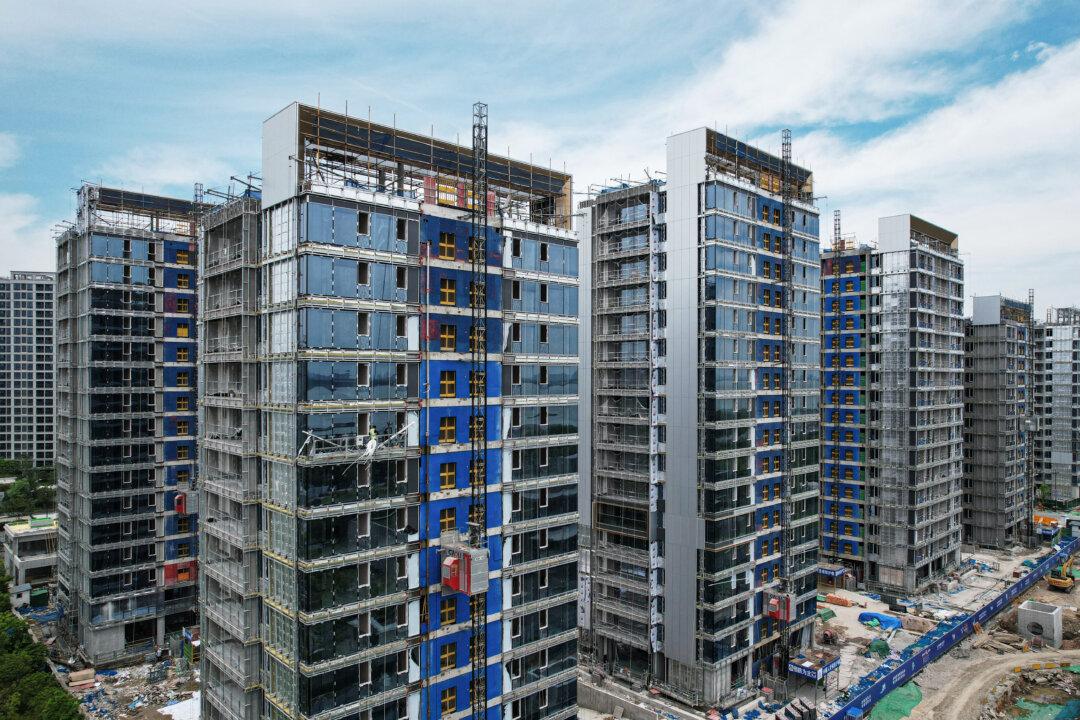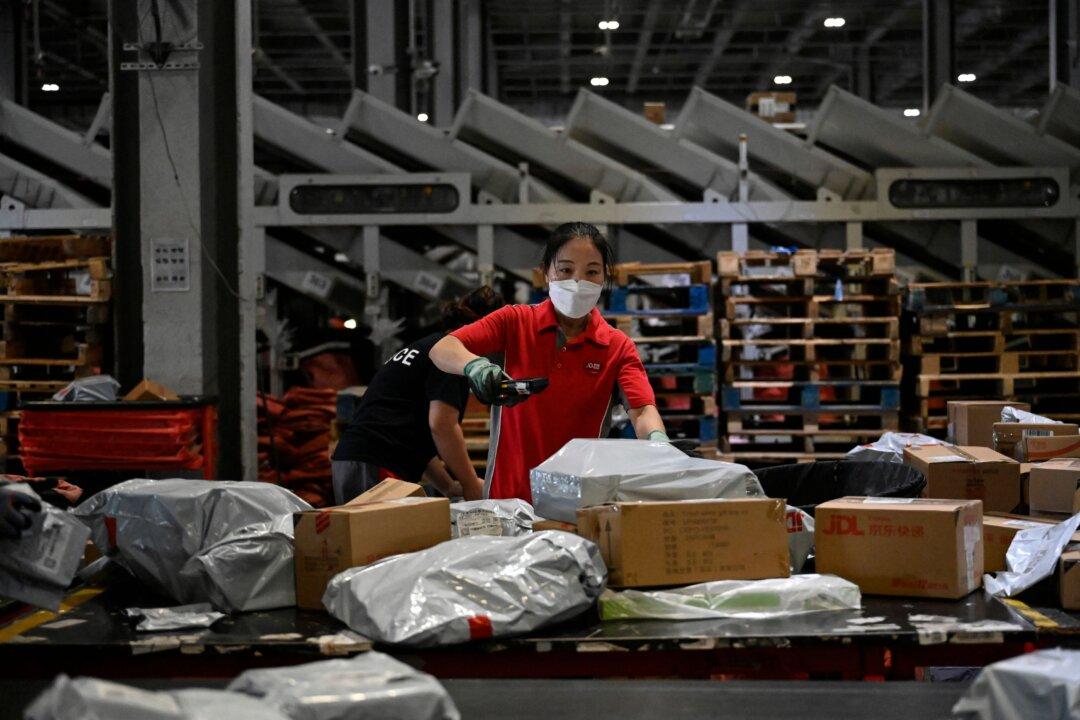Although the overarching tone of the two-day Central Financial Work Conference (CFWC) that concluded on Oct. 31 was to lay a greater emphasis on financial safety and regulations, addressing and preventing the debt spiral of the struggling Chinese provinces would be easier said than done.
Besides, the twice-a-decade closed-door meeting—the financial industry’s highest-level policy conference that was anticipated to lessen the risks associated with local government debt—turned out to be a letdown as well, according to analysts.
“The CFWC was a damp squib. Regulators were expected to lay out a plan to resolve local government debt risks at the meeting. But the official readout only briefly mentioned the need to establish a long-term mechanism to prevent and resolve local debt risks,” wrote Adam Wolfe, an economist at London-based Absolute Strategy Research, in a client note accessed by The Epoch Times.
According to Mr. Wolfe, from a policy perspective, the meeting did not announce any major changes from the 2017 National Financial Work Conference, at which financial sector derisking was made a top priority, and a new super regulator was announced.
“This year’s priorities are all basically the same, except the super regulator was moved from the government’s control to the Party’s [Chinese Communist Party or CCP],” he said.
This was consistent with the recent attempts to reduce local government debts and minimize local government financing vehicles’ (LGFV) refinancing risks.
On Sept. 27, for example, Beijing launched a debt swap program worth more than 1 trillion yuan ($137 billion), allowing weak local governments to issue special purpose local government bonds to refinance public bonds, delayed payables, and trust loans.
On Oct. 24, Beijing also announced plans to issue another 1 trillion yuan in sovereign bonds to help local governments with their budgets. The CCP is reportedly also urging market discipline and imposing stronger restrictions to prevent LGFVs from engaging in excessive borrowing and speculative activity.
Tough Job
Indeed, one of the most significant takeaways from the meeting was the proposal to address the risks linked with China’s huge and surging local government debts.“Establish a long-term mechanism to prevent and resolve local debt risks and establish a government debt management mechanism that is compatible with high-quality development,” the CFWC release said.
This is also consistent with the recent measures taken by the central authorities to ease the debt burden of the local governments, said CreditSights in a client note viewed by The Epoch Times.
“We think that these measures have reduced the tail risk of LGFVs from weak provinces and the near-term default risk of LGFV bonds; however, we note a few limitations,” CreditSights, a Fitch Group subsidiary, added.
According to the risk analysis agency, the small size of the debt swap program, and special central government bonds compared to outstanding LGFV debt, are some of the major obstacles confronting the CCP in addressing the local governments’ debt spiral.
To be sure, China’s provincial government loans have grown enormously.
This huge repayment liability will be a “pressure on local governments that are under severe budget constraints [and] under pressure due to loss of land sales revenues, as the property sector tightens in the knowledge that the halcyon days of breakneck expansion on the back of pre-sales floorplans are over,” the Everbright note said.

Property Risk Unaddressed
CreditSights also believes the CFWC’s strategy for addressing property sector risks will unlikely alter the sector’s long-term weaknesses.The CFWC urged financial institutions to treat state-owned and privately-owned developers equally and to accommodate the property sector’s reasonable financing needs. It also identified three property sector development drivers: social housing building, urban village renewal projects, and public facilities relating to culture, tourism, retirement homes, and emergency shelters.
Nevertheless, according to CreditSights, given that the “top authorities” still view the nation’s property woe as a mild contraction of the property sector owing to China’s aging population and slowing urbanization, the CFWC’s “vows” to address the property sector problems appear weak.
Centralized Decision-Making
“If there was a theme for the conclave, it was the importance of getting the politics right,” wrote Mr. Wolfe.Unlike the last conference held in 2017, which was led by the Financial Stability Committee of the State Council, the CFWC this year was chaired by CCP leader Xi Jinping and emphasized the role of the Party in financial policy setting and implementation.
This signals more centralized decision-making of financial regulation in China, according to analysts, which, to some extent, could make it easier for different financial regulators to work together and speed up the adoption of financial policies and reforms.
However, this could also mean that the “headline risk on Chinese financial institutions’ dollar bonds may increase as the top authorities vowed to roll out a comprehensive supervision of the financial industry and to continue to crack down on corruption,” the CreditSights note said.
Mr. Wolfe also doubts that this will lead to better policymaking.







